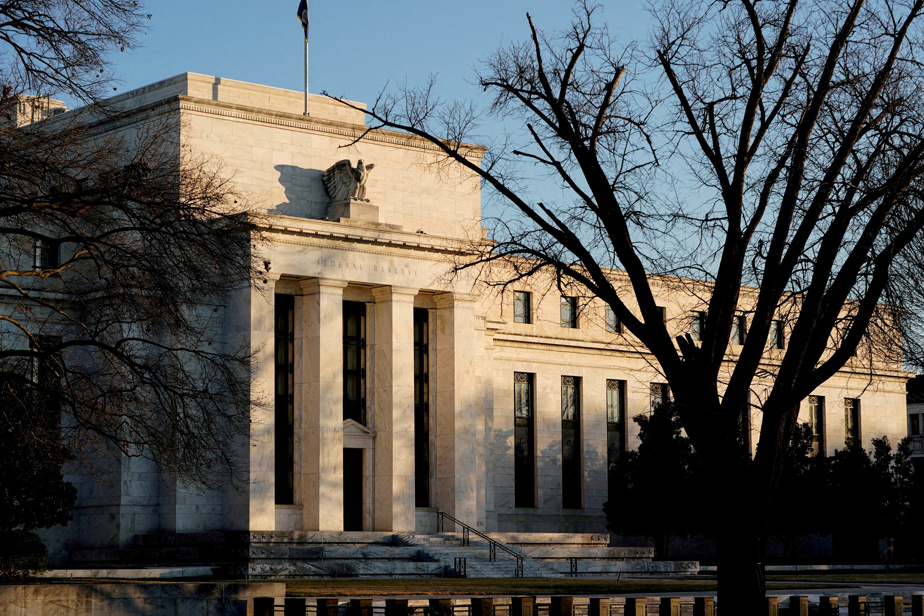With the new year comes resolutions to get back in shape. This is also the case for the world’s main central banks, which want to return to their pre-pandemic size.
Among them, the American Federal Reserve, the European Central Bank, the Bank of England and the Bank of Canada have undertaken a slimming regime for several months already. Now that the interest rate hikes appear to be over, central bankers continue to reduce the size of their balance sheets which had expanded during the pandemic.
When COVID-19 brought the world to a standstill, central banks injected a lot of money to finance the spending of governments eager to mitigate the impact of the crisis on the economy. By massively purchasing government debt securities, they allowed them to help the population with emergency programs and thus supported an economy that threatened to collapse.
They have done what is called quantitative easing, a tool that central banks can use when they can no longer reduce interest rates because they are already very low, as was the case in start of the pandemic.
Quantitative easing had the effect of inflating the liabilities of central banks. The Bank of Canada, which had never used this tool before, held up to $440 billion in federal bonds before beginning its slimming treatment.
By the end of 2023, the Bank of Canada had cut its bond portfolio in half, not reinvesting in maturing securities.
The world’s major central banks are all on track to reduce their liabilities to their pre-pandemic size.
Quantitative tightening, which is the reverse process of quantitative easing, is expected to continue throughout 2024 and part of 2025, estimates Desjardins economist Hendrix Vachon1. Bank of Canada Deputy Governor Toni Gravelle indicated during a speech in Montreal in November that quantitative tightening could continue until mid-2025 and that the goal was to reduce the size of the balance sheet 200 billion currently to between 20 and 60 billion, or 1 or 2% of Canada’s gross domestic product.
Together, the central banks of the United States, Canada, England, and Japan and the European Central Bank held assets of US$27 trillion at the end of 2022. By the end of 2023, this total had been reduced of US$5 trillion.
Quantitative tightening, by reducing the liquidity available on financial markets, has the same effect as interest rate increases. Even though central banks have almost all indicated that rate hikes are over, monetary conditions continue to tighten and slow down the economy.
Much remains to be done before central banks return to their pre-pandemic size. Their overweight currently explains the losses they are suffering for a rare time in their existence. The rapid rise in rates, from almost zero to 5 percent, meant that they had to pay interest on bank deposits at rates higher than the interest on federal bonds acquired when rates were at the bottom. As their balance sheets return to their pre-pandemic size, central bank losses will decline.
We know that it is easier to gain weight than to lose weight. The central banks’ game plan could be derailed. A severe recession or banking crisis like the one that rocked the United States last spring could force central banks to jump into the fray again.
